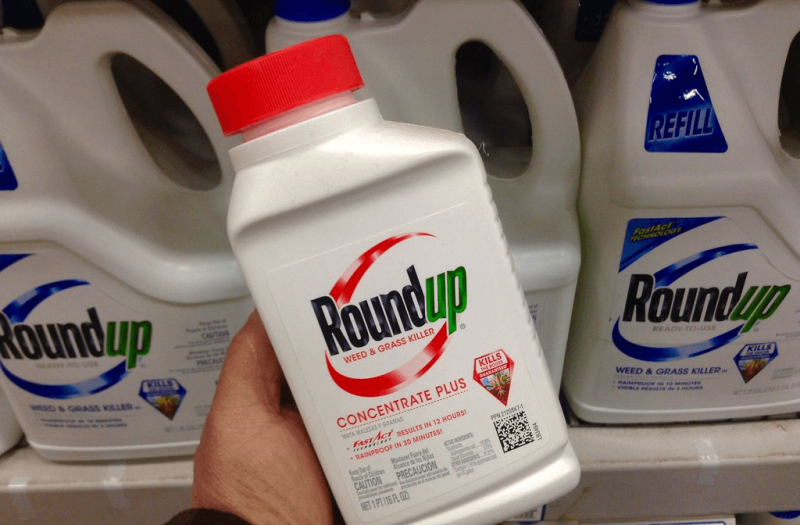In total, Bayer has paid more than $10 billion in settlements to those claiming that Roundup causes non-Hodgkin’s lymphoma. There’s just one problem—the preponderance of evidence shows that the chief ingredient in Roundup, glyphosate, does not cause cancer when used appropriately at the recommended exposure levels.
In an independent critical scientific review of the existing literature studying the health risks of glyphosate exposure, funded by the Center for Truth in Science, a panel of six senior scientists expressed low confidence that any of the studies demonstrated a causal relationship between glyphosate exposure and non-Hodgkin’s lymphoma.
This is one of the most comprehensive analyses of existing research on the topic to date, and the findings support the U.S. Environmental Protection Agency’s (EPA) decision to permit the continued use of glyphosate without a cancer warning label.
Why is the EPA’s conclusion about glyphosate ignored by judges and juries? How can they rule that a company failed to warn consumers about a supposed product hazard, when there is no evidence that the hazard exists in the first place?
…
Bayer is paying billions of dollars because courts are determining the company was “negligent” in not warning about the chance of cancer, while no evidence establishes a link to cancer and the EPA does not require warning labels.
The disconnect between the facts and the outcome of the case is so egregious, it may be worth re-examining the process by which evidence can be admitted into court and used.































